Propel provides innovative insurance solutions to thousands of companies across the country. We make it our business to know your world inside and out.
Insights, Risk Management
Is Your Company Ready for New Heat Illness Standards?
For construction crews, landscapers, agricultural workers, and others who labor outside, summer heat is a serious threat to health and safety. States have been implementing new rules to protect workers. Recently, the American Society of Safety Professionals published its first standard in construction and demolition operations.
Federal Heat Safety Standards
A federal heat safety standard may be coming soon. According to Safety + Health, an advisory committee has recommended that OSHA move forward with a proposed standard that would protect workers from excessive heat.
In the meantime, OSHA says employers still have to abide by the General Duty Clause, Section 5(a)(1) of the Occupational Safety and Health Act of 1970. Under this standard, employers must provide a place of employment that “is free from recognized hazards that are causing or likely to cause death or serious harm to employees.”
Extreme heat certainly counts as a hazard known to cause death or serious harm. HHS estimates that the number of heat-related deaths was 1,602 in 2021, 1,722 in 2022, and 2,302 in 2023. Rising temperatures mean the number of heat-related deaths may continue to climb.
State Heat Safety Standards
Whereas federal safety standards are still in the works, some states have passed their own heat safety rules.
According to OSHA, five states currently have OSHA-approved heat safety state plans:
- California. The Cal/OSHA regulation applies to all outdoor places of employment. All outdoor workers must have heat illness prevention training and all outdoor work sites must have a written prevention plan. Workers must have access to at least one quart of water per hour and shade and employers should encourage them to use both. KFF Health News says California has also been working on protections for indoor workers.
- Colorado. Colorado’s Agricultural Labor Conditions Rules include regulations for heat safety when temperatures are expected to reach at least 80 F. Among other things, the rules require access to shade and water.
- Minnesota. Minnesota’s heat protections apply to indoor workers.
- Oregon. Oregon’s heat safety standard applies to both indoor and outdoor workers in environments where the heat index is 80 F or higher. Employers must provide sufficient shade, 32 ounces of water per hour per employee, training, and effective communication during emergencies. In addition, view Oregon OSHA’s Heat and Wildfire Smoke Rules Summary.
- Washington. Washington’s heat safety program requires employers to:
- Address outdoor heat exposure safety as part of the Accident Prevention Plan
- Provide annual training
- Provide sufficient water
- Provide shade or alternative cooling methods
- Encourage workers to take paid, preventative cool down rest periods
- Closely observe employees who are not acclimatized to the heat
- Have emergency procedures
- Foster communication between supervisors and employees
Since heat safety is a hot topic right now, other states may implement more standards in the near future. Visit this OSHA page regularly for updates.
Local municipalities may also establish additional rules, although Construction Dive says Texas and Florida have both passed laws to stop municipalities from requiring water breaks.
How Employers Should Mitigate Risks
Heat safety is a critical issue for all worksites with heat exposures, even in states that have not implemented heat safety standards yet. Failure to keep workers safe from extreme heat may result in serious injury or death along with OSHA fines (under the General Duty Clause), workers’ compensation claims, and reduced worker morale and productivity.
To keep your workers as safe as possible, consider the following steps:
- Understand all relevant standards. If your state has heat safety standards, review them carefully. When do the standards apply? Many standards go into effect when the temperature reaches 80 F. What do employers need to do? Requirements often include providing shade, water, and training, but your state may have other requirements. Since some of the state requirements are very specific – such as Oregon’s rule that drinking water must be between 35 F and 77 F – it’s important to review the regulations carefully.
- Develop a plan. If your state has a heat safety standard, use it to develop a plan. If your state does not have a relevant standard, draw on resources from other states. For example, Oregon offers many resources, including a sample heat illness prevention plan in both English and Spanish. (Scroll down the page and click on the “Heat Illness Prevention Plan” link.) This plan includes very specific safety tips for employees and their supervisors.
- Watch the weather. Keep an eye on the weather forecast to plan accordingly.
- Monitor workers and implement acclimatization protocol. New workers who are not used to working in the heat may be particularly vulnerable. Employers can increase workplace safety by implementing a gradual acclimatization protocol over a period of one to two weeks. The CDC recommends that new workers should have no more than 20% exposure on day 1, increasing by no more than 20% each day. Anyone who is away from heat exposure for longer than one week should be re-acclimated. Even acclimated workers need ample water to compensate for sweating.
Do you need help developing heat illness standards? Contact Propel for additional resources.

Corinna Kupelwieser
Corinna designs data-driven safety programs to reduce workplace risk and injuries. She is an award-winning and sought after speaker on the topic of workplace safety and Workers’ Comp loss control.
More about Corinna...


